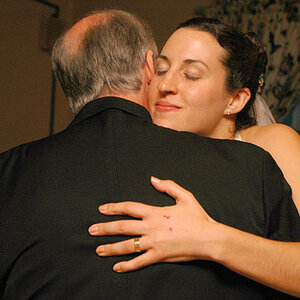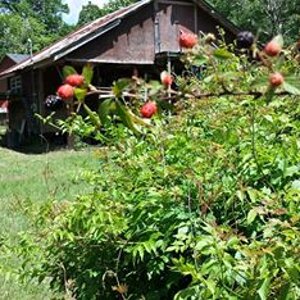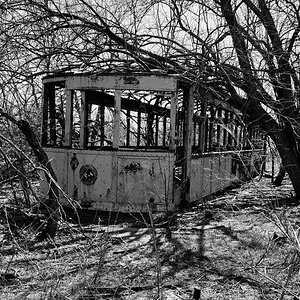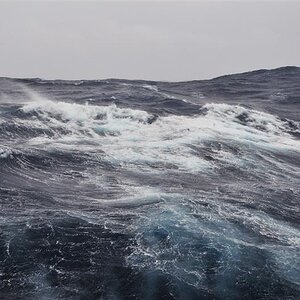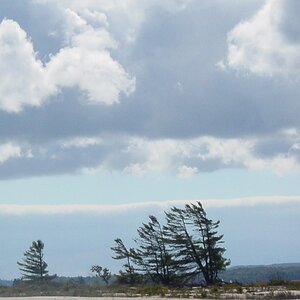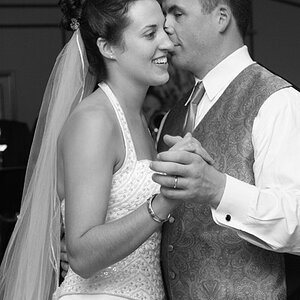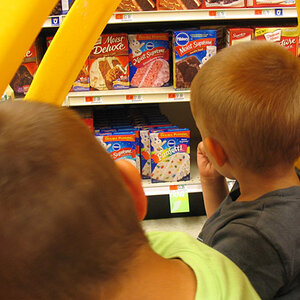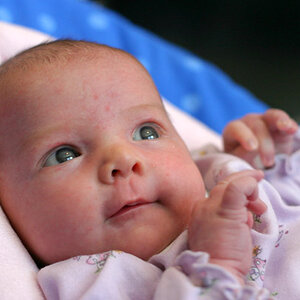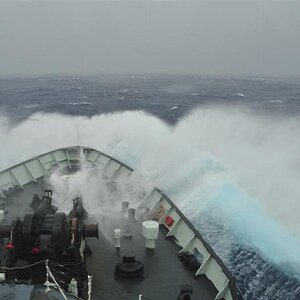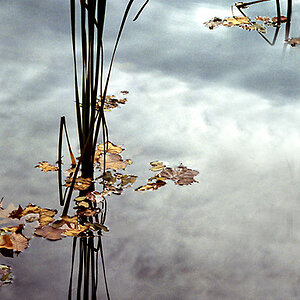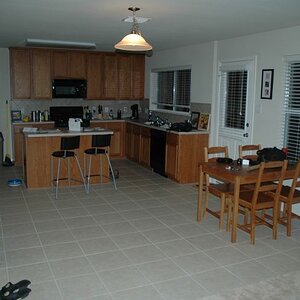Ysarex
Been spending a lot of time on here!
- Joined
- Nov 27, 2011
- Messages
- 7,139
- Reaction score
- 3,701
- Location
- St. Louis
- Can others edit my Photos
- Photos OK to edit
I'm afraid not
Even on manual?? You've never steered me wrong but I find that hard to believe, unless it's one of the menu adjustments that specifically affects the raw file
Even on manual, yes. It doesn't matter how you make the exposure. Likewise the various camera settings that change the look of a JPEG have at most a minor effect.
Simple fact: The more you expose a digital sensor the better the signal and therefore the better the photo. So we can take that fact and say, OK then more exposure. Trouble is there's the sensor threshold to deal with -- clipped highlights. It's like a cliff at the end of the road. Don't go over the cliff. Think of it as a game of chicken where the winner is the one who stops closest to the cliff edge. The loser either never even gets scared or, oh well.........
So the various camera manufacturers are chicken -- makes sense from their perspective and I'd do the same if I were them. They design the JPEG software and their camera's metering systems to generate a good (well-exposed) JPEG from a conservative exposure that stays a safe distance back from the cliff. To achieve their camera's good JPEG you have to expose well back from the cliff edge. Fair to assume a lot of photographers endorse that practice since the alternative is risking going over the cliff. How risk avoidance are we?
Here's an example using my X-T2. First the photo that I took and processed from the raw file:
Now here's the JPEG that the camera generates from that same raw file:
My exposure for this photograph was +1.67 stops above the zero indication on the camera's meter. Whether I got there using the camera in manual or auto doesn't at all matter. The camera meter and the camera's JPEG processing software wanted a raw file with less exposure. This camera JPEG is overexposed and the highlights are clipped. It's a failure.
But the camera sensor was not overexposed and the raw file is not overexposed. I went right to the cliff edge but I did not go over. Here's the raw file histogram for that photo:
I placed the magenta line there to mark my sensor's highlight threshold -- the cliff edge. To get the camera to make a JPEG that isn't a failure I'd have to back that exposure down, by at least a stop. In other words I'd have to join with Fuji's engineers and chicken out. I don't want to do that because, simple fact: The more you expose a digital sensor the better the signal and therefore the better the photo and I nailed this one.
What I'm describing here is camera make/model specific. You know I'm semi-retired and still teach college students. That gives me access to all their cameras so that over the course of the year I get my hands on all the various entry level cameras, a good smattering of the mid-level cameras and a few of the top end models and I'm able to test them. They're all chicken to one degree or another. They expose the sensor very conservatively to make a good JPEG. If I had to quote an average for them all I'd say 2/3 stop, but really leaning more toward a stop. From one perspective that's not a big deal and they're doing the right thing -- going over the cliff is terminal. The other perspective is how much you want to agree with this guy: "Trifles make perfection, and perfection is no trifle." -- Michelangelo
Joe
P.S. To see what your camera does shoot raw + JPEG and when you get what you think is a really well-exposed JPEG look at the raw file in RawDigger. See how close that exposure is to your sensor threshold.


